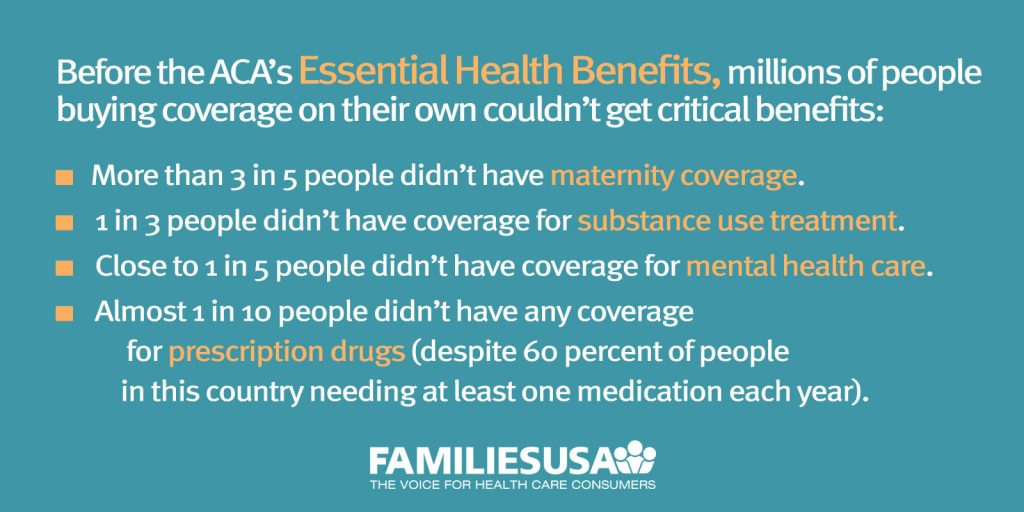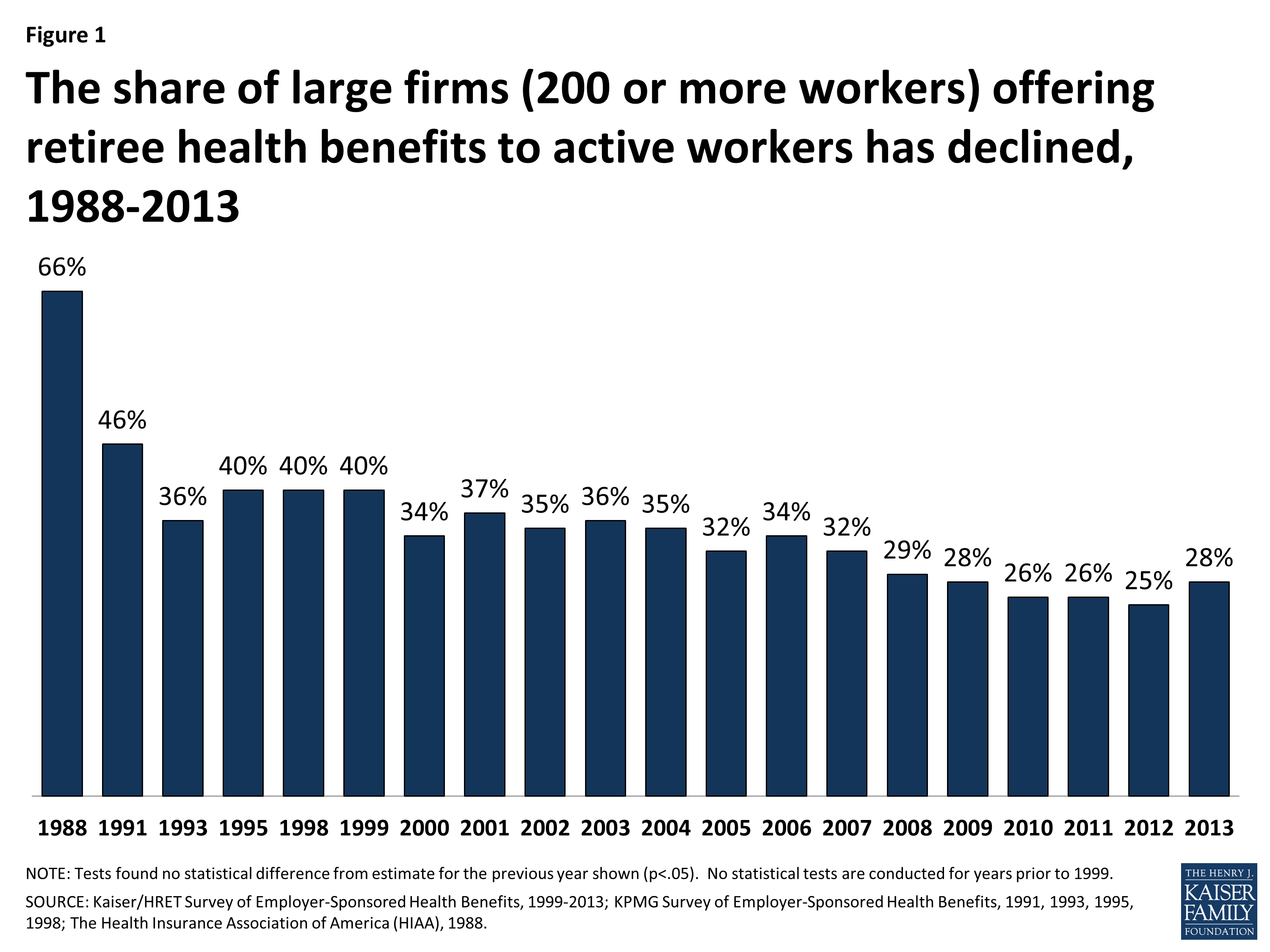The Main Principles Of Medicare Advantage Agent
Table of ContentsThe Basic Principles Of Medicare Advantage Agent Excitement About Medicare Advantage AgentThe 10-Minute Rule for Medicare Advantage Agent

follows from complies with the perplexing young age profile of account uninsured with without insurance better health, on average, standard younger personsMore youthful For those without accessibility to workplace wellness insurance, bad health and wellness is a potential barrier to purchasing nongroup insurance coverage due to the fact that such protection may be extremely priced, leave out preexisting problems, or be just unavailable. Unless otherwise kept in mind, nationwide price quotes of people without wellness insurance and proportions of the population with various kinds of insurance coverage are based on the CPS, the most extensively made use of source of price quotes of insurance policy protection and uninsurance prices.

Not known Facts About Medicare Advantage Agent
Over a three-year duration starting early in 1993, 72 million people, 29 percent of the united state populace, lacked protection for a minimum of one month. Within a single year(1994), 53 million people experienced a minimum of a month without insurance coverage(Bennefield, 1998a). Six out of every 10 without insurance adults are themselves used. Although working does improve the likelihood that a person and one's relative will certainly have insurance, it is not a warranty. Also members of families with 2 full time wage earners have nearly a one-in-ten possibility of being uninsured (9.1 percent without insurance price)(Hoffman and Pohl, 2000 ). The relationship between wellness insurance coverage and accessibility to care is well established, as recorded later on in this chapter. Although the connection between medical insurance and health results is neither straight neither easy, a comprehensive scientific and health solutions study literature links medical insurance coverage
to better accessibility to care, better top quality, and boosted personal and population health status. The second report, on personal wellness end results for uninsured grownups, is represented by the innermost circle of the figure, while the third record, on household wellness, encompasses the topics of the second record however highlights a different device of analysis, specifically, the family. The 6th report in the collection will certainly present details about strategies and initiatives taken on locally, statewide, or nationally to resolve the lack of insurance coverage and its adverse effects. Degrees of analysis for examining the impacts of uninsurance. This conversation of medical insurance coverage concentrates primarily on the united state populace under age 65 due to the fact that virtually all Americans 65 and older have Medicare or other public protection.
In addition, it focuses particularly on those without any kind of medical insurance for any length of time. The problems faced by the underinsured remain in some aspects similar to those faced by the without insurance, although they are usually much less serious. Uninsurance and underinsurance, however, entail definitely various policy problems, and the techniques for resolving them might differ. Throughout this research and the five records to follow, the primary emphasis is on persons without any wellness insurance coverage and hence no help in paying for healthcare beyond what is readily available with charity and safety net establishments. Health insurance policy is an effective factor impacting receipt of treatment because both people and medical professionals reply to the out-of-pocket price of services. Wellness insurance policy, nonetheless, is neither required nor sufficient to get to clinical services. The independent and direct impact of health and wellness
insurance coverage on access to health health and wellness is well establishedDeveloped Others will certainly acquire the wellness treatment they need also without wellness insurance coverage, by spending for it expense or seeking it from service providers that supply care cost-free or at very subsidized prices. For still others, medical insurance alone does not guarantee invoice of care since of other nonfinancial barriers, such as a lack of wellness care carriers in their community, minimal access to transportation, illiteracy, or etymological and social distinctions. Formal study regarding without insurance populaces in the USA dates to the late 1920s and early 1930s when the Board on look at more info the Cost of Treatment produced a collection of records regarding funding physician workplace check outs and hospitalizations. This problem ended up being prominent as the numbers of medically indigent climbed throughout the Great Depression. Empirical studies regularly support the web link between accessibility to care and improved health outcomes(Bindman et al., 1995; Starfield, 1995 ). Having a routine source of treatment can be considered a forecaster of access, instead than a straight measure of it, when health outcomes are themselves used as accessibility indicators. This extension of the notion of access dimension was made by the IOM Board on Checking Access to Personal Healthcare Provider(Millman, 1993, p. Whether parents are insured appears to influence whether or not their children obtain treatment along with just how much careeven if the children themselves have coverage(Hanson, 1998). The health and wellness of parents can affect their capacity to look after their youngsters and the degree of family members stress and anxiety. Worrying concerning their children's access to care is itself a resource of stress and anxiety for moms and dads. 3 chapters comply with in this report. Chapter 2 provides a summary of just how employment-based health insurance, public programs and private insurance coverage run and communicate to supply substantial yet insufficient protection of the united state population. This includes a review of historic fads and public laws affecting both public and personal insurance coverage, a conversation of the interactions among the different kinds of insurance, and an evaluation of why people relocate from one program to one more or end up
